
Still hanging in there, everyone? Or have my several days of admonitions to SIOA — Send It Out, Already! — materials requested in months past sent some of you scurrying into the back of your coat closets, whimpering amid the cast-off galoshes of Januaries past?
I certainly hope not. I was kind of hoping that significant numbers of you would find this series empowering — at least enough to, say, spend this coming weekend frantically reading requested pages IN THEIR ENTIRETY, IN HARD COPY, and preferably OUT LOUD before popping them in the mail next week. You know, before agents and editors go on their traditional long winter’s nap.
In other words: rah, rah, Team Literate!
Earlier this week, I told you the story of SIOA-avoider Zack, who had talked himself into a fairly common agent-seeking writer’s dilemma. He had pitched successfully at a conference last summer — so much so that he had been asked to send both the first 50 and the whole manuscript, respectively, to a number of different agents, so well done, Zack — but he had become so intent upon revising the book into a pinnacle of perfection that he never quite managed to get any of those requested materials packets out the door.
Not that he intended not to send them out when he was pitching, of course. No, at the time, and even for a few weeks after the conference, he was willing — nay, eager! — to place his work under as many agents’ noses as possible. He certainly stressed out often enough about it. But somehow, he kept delaying making those last crucial changes.
And one day, he woke up to realize that five months had gone by. Or seven. Or a year.
It may have been as little as three or four weeks, but regardless of the actual number of cast-off calendar pages involved, it was long enough to prompt that thought always so close to the front of a writer gearing up for submission’s mind:
“Oh, God, have I blown my big chance?”
From that cri de coeur, it was only a small step to Zack’s talking himself into believing that the agents in question would be miffed over the delay, so his submission really didn’t have a chance, anyway. Why, he reasoned, waste postage, now that rejection was a foregone conclusion?
For one very, very good reason, Zack: it wasn’t.
What doomed the submission was not anything that happened on the agent’s end; what guaranteed failure was Zack’s not pulling out of the SIOA-avoidance spiral. There are, of course, plenty of things a submitter can do to render rejection more LIKELY, but — take out your hymnals and sing along, please, long-time readers — the only manuscript that has absolutely no chance of being picked up by an agent is one that no agent ever sees.
So today I’m going to ask the Zacks of the world: if you’ve already decided that rejection is a foregone conclusion because so much time has passed, what precisely do you have to lose by sending it out at this point? ,
And yes, that’s a perfectly serious question.
Admittedly, I wouldn’t ADVISE waiting 7 or 8 months to submit requested materials (or pushing it for longer than a year, regardless of the reason), but it’s not as though Millicent the manuscript screener will take one look at the return address, consult a list of expected arrivals, and toss it aside unread, muttering, “Well, we’ll never know if THAT one had potential, will we?”
For one thing, handling it this way would require her to take the 14 seconds required to check a list — and for someone to have gone to the trouble of creating and maintaining such a list in the first place. Yes, the requesting agent probably jotted a few words down next to your name on his conference appointment sheet, but it’s unlikely to the point of hilarity that our pal Millicent will have that sheet next to her when she receives your manuscript. So the only point at which anyone concerned is at all likely to take a peek at that who-pitched-me list is the agent for whom Millicent is screening — which means that Millicent has to think your submission is very, very good indeed.
What is she likely to do instead of going off to double-check precisely when her boss originally requested Zack’s long-delayed manuscript? Well, here’s a hint: ripping open an envelope marked REQUESTED MATERIALS and starting to read is a pretty time-consuming task, when multiplied by a hundred manuscripts.
That’s right: she’s almost certainly just going to — you guessed it — rip open the envelope and start reading. Oh, she may roll her eyes at the line in Zack’s cover letter that mentions at which conference her boss requested the enclosed pages (all of you conference pitchers are mentioning where the agent or editor heard your pitch, right?), if she happens to recall off the top of her head how long ago it was. But in all likelihood, she’s going to take a gander at the first page, at least.
And if the agent or editor requested pages in response to a written query, she’s not going to blink twice if it took 11 months to reach her desk. Unless, of course, the agency or publishing house is not longer handling that type of book.
Yes, it happens — all the time, in fact. If it’s been a VERY long time since the agent of your dreams requested those pages, you might want to double-check — but not, I beg of you, by sending the agent another query letter, asking if it’s still okay to send those long-awaited materials. A quick, discreet trip to the agency’s website or listing in the most recent edition of one of the standard agency guides should tell you whether the AOYD has moved on to other book categories while you’ve been revising.
PLEASE do not, however, regard the likelihood that Millicent simply will not care how long ago her boss requested materials as carte blanche to push off revising that requested material until some dimly-imagined future point when you’ll have unbroken time to revise. Some agents do take umbrage at long delays, particularly after face-to-face pitching.
You can see their point, can’t you? Listening to many pitches in a row is pretty exhausting, after all, and one of the first reactions someone who makes her living by selling books is likely to have to the pitch that truly excited her is to start brainstorming quietly about which editors might be interested in the book in question. Don’t you want to keep that train of thought going — or at least (hold on, racking my brains for a train metaphor here) place your good writing under her nose while that moment of excitement is still within living memory?
(Couldn’t come up with an appropriate follow-up railroad metaphor, obviously. We all have our off days.)
If you want to build upon the excitement generated by a pitch or query letter, it’s prudent to try to get it out the door within 6 weeks of the request (not counting standard publishing not-at-home periods, like the three weeks leading up to Labor Day). The common wisdom dictates 3, but since agents hear SO many pitches at conferences and Millicent sees SO many queries, it’s unlikely that either is going to recall details of a pitch or query.
It IS nice, though, if you can get it to ‘em soon enough so something about your project seems at least vaguely familiar. More recognition than that isn’t necessary, strictly speaking, because you will have written REQUESTED MATERIALS in big, fat marker on the outside of the envelope and reminded them in the first line of your cover letter that they did, in fact, ask to see it. (If anything in the last sentence came as a surprise to you, I would highly recommend taking a gander at the HOW TO PUT TOGETHER A SUBMISSION PACKET category at right.)
Less than 6 weeks is ideal, but if you can send it out in under 3 months, there really is no need to apologize for the delay, or even to mention it. (As writers often do, and at great length. Often whilst groveling.) Longer than that, though, and it’s a good idea to add a sentence to your cover letter, apologizing for the delay.
What you most emphatically do not need to do is — wait for it — query again and ask for permission to send it at all. A crisp, businesslike cover letter set on top of your requested materials will do beautifully. Something like this is ample:
Dear Mr./Ms. (Requesting Agent’s Last Name),
Thank you for asking to see the first fifty pages of my novel, INVISIBLE INK. Please find it enclosed, along with a SASE for its safe return.
I had hoped to get these pages to you a trifle sooner, but the confluence of an unusually protracted work crisis and a bright idea for improving Chapter Two rendered my proofreading eye a bit slower than usual. I apologize for the delay.
Thank you for considering this, and I look forward to hearing from you soon.
Sincerely,
Charlotte Brontë
See? No obsequiousness required at all; just the facts, ma’am. If our Charlotte had pitched at a conference last March, she should mention it, but without calling attention to how long it’s been. If she has overcome her SOIA-avoidance sufficiently to send requested materials out to everyone who has asked to see them, she should bring that up, too:
Dear Mr./Ms. (Requesting Agent’s Last Name),
Thank you for asking to see the first fifty pages of my novel, INVISIBLE INK. Please find it enclosed, along with a SASE for its safe return.
I enjoyed speaking with you at the Desperate Writers’ Proving Ground Conference. I had hoped to get these pages to you sooner, but each of the agents and editors I pitched there asked for something slightly different. Please be aware that several of them will be considering this project simultaneously with you.
Thank you for your interest in my writing, and I look forward to hearing from you soon.
Sincerely,
Charlotte Brontë
Nice, clean, professional — and most importantly, not maudlin. No need to go on at length about what actually delayed you; you’re just being polite here, not filling in a long-lost buddy about the last six months of your life. (If you don’t like the work crisis motif, try a computer meltdown: everyone can identify with that.) All you really need to do here is to establish that you realize that you may have been slow to SIOA, and that you don’t plan to make a habit of it.
If you DO plan on making a habit of it — a way of life I do not recommend any writer’s embracing — you can buy yourself some additional time if you are polite about any anticipated delays early on. Naturally, if you experience a genuine life crisis, that’s beyond your control. If one occurs within the first couple of months after a request, it is perfectly proper to send out a courteous (and BRIEF) e-mail or letter to the requesting agent, stating that there’s going to be an unavoidable delay in sending those pages he asked to see. Perhaps something along the lines of…
Dear Mr./Ms. (Requesting Agent’s Last Name),
Thank you for requesting the full manuscript of my novel, INVISIBLE INK. Unfortunately, a fire has just consumed half of my neighborhood, so it may be a few months before I can reconstitute the text from my back-ups. I shall send it to you just as soon as I am able.
Thank you in advance for your patience — and I am looking forward to submitting to you soon.
Sincerely,
Charlotte Brontë
See? Even if the writer has a genuinely tragic justification for the delay, it’s possible — indeed, preferable, not to make a big deal of it. Just provide a simple, straightforward explanation, and leave it at that.
Do everything in your power, though, to keep the lapse between request and submission under a year, especially for a follow-up on a conference pitch. (Since conferences are annual, and agencies frequently send different agents in different years, it can be really, really obvious if a submitter’s cover letter refers to the 2009 or 2008 conference.)
One more piece of practical advice: if you are SIOAing after a substantial delay, I would HIGHLY recommend submitting your work via regular mail, rather than as an e-mail attachment, unless the agency categorically refuses to consider hard copy submissions. Yes, even if the agent or editor originally suggested that you send it via e-mail.
Why? Because while Millicent will almost certainly open even a months-late envelope, she may not open a months-late attachment. Especially if the first line of the e-mail runs something like, “Please, please, PLEASE forgive me for taking eighteen months to send these pages to you…”
Or she may not read the accompanying e-mail at all, if she mistakes it for an unsolicited submission. (Since e-mailed queries and submissions typically have swifter turn-around times, the probability of a what’s-been-requested list is substantially higher.) Most agencies will not open unrequested e-mail attachments, ever, due to fear of viruses, and the chances of your submission’s being mistaken for unsolicited grows as your name recognition at the agency fades.
If, knowing all this, you still find yourself firmly in the do-not-send-it-out-until-Groundhog-Day camp, I have one last question for you: are you absolutely positive that you really want to submit this book to professional scrutiny at all?
That may sound flippant, but listen: chronic SIOA-avoidance is a extremely common phenomenon, but in my experience, its severity does not correlate with how ready the book in question is to be marketed or the inherent talent of its writer. It’s very frequently a manifestation of fear of rejection, a way to protect one’s baby from criticism.
Completely understandable, right? A manuscript that is never submitted cannot be rejected; it’s logically impossible.
So for many aspiring writers, it just feels more comfortable to cut the process short by not mailing requested materials — in essence, rejecting their own work before the agent can do it — than to take the risk of exposing their books to professional critique. That way, they can never learn for sure whether their books are marketable or not.
Let me be clear here: I have absolutely nothing negative to say about writers who create solely for their own pleasure. Bless the Emily Dickinsons of this world, I say, who limit their audience to people they already know. That route can be wonderfully fulfilling, if the writer is honest about it, embracing the desire for an intimate readership — and doesn’t torture herself by continually trying to find an agent and/or editor she doesn’t really want or need.
However, the VAST majority of writers write in order to be read by people they DON’T know. To do that necessarily means risking rejection.
And let’s not kid ourselves about the kind of personal strength taking that level of risk requires: you have to be damned brave to send your work out to hyper-critical strangers. There aren’t a lot of professions where the practitioner’s FIRST official act is to take a piece of her soul and allow people a couple of time zones away to examine it under a microscope for minute flaws.
So, just for today, let’s celebrate how courageous we are when we do send out our work, rather than castigating ourselves when we don’t. Just for today, let’s clap our hands for all of us who have taken the great leap of submission. And for those who are going to pluck up the courage to break the SIOA spiral now.
I would swear that I can still hear some of you SIOA avoiders out there saying, “But…but…” Next time, I’m going to tackle some of the lingering buts that have troubled readers past.
In the meantime, chins up, my friends, and keep up the good work!


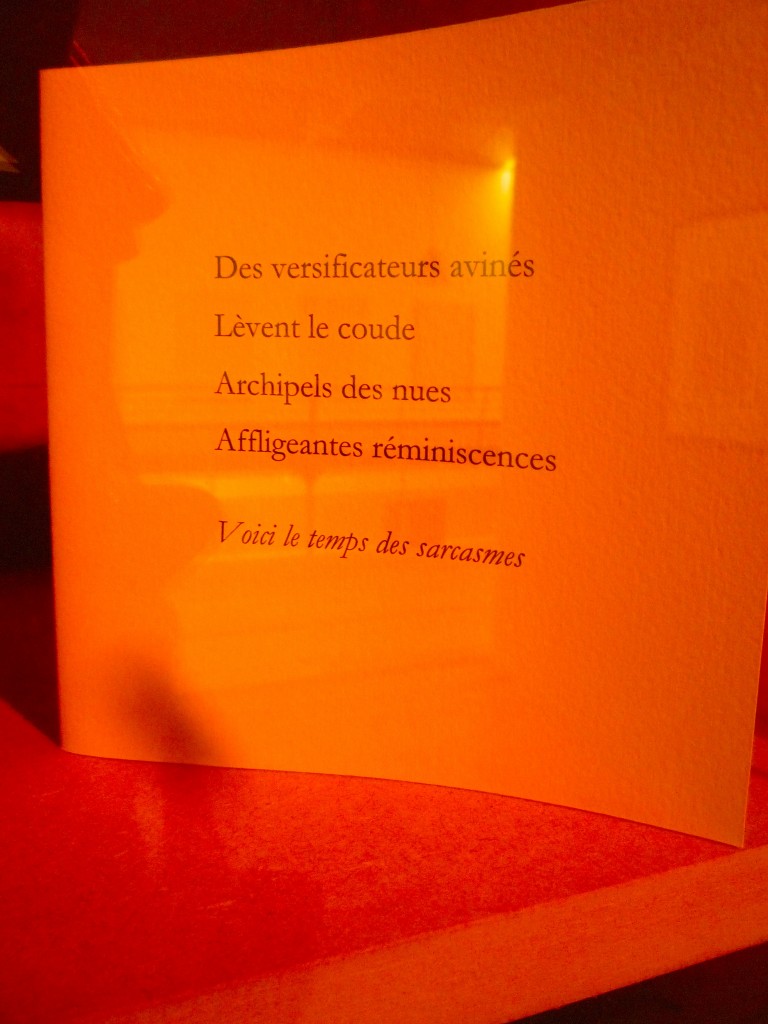






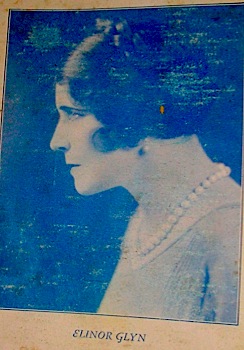





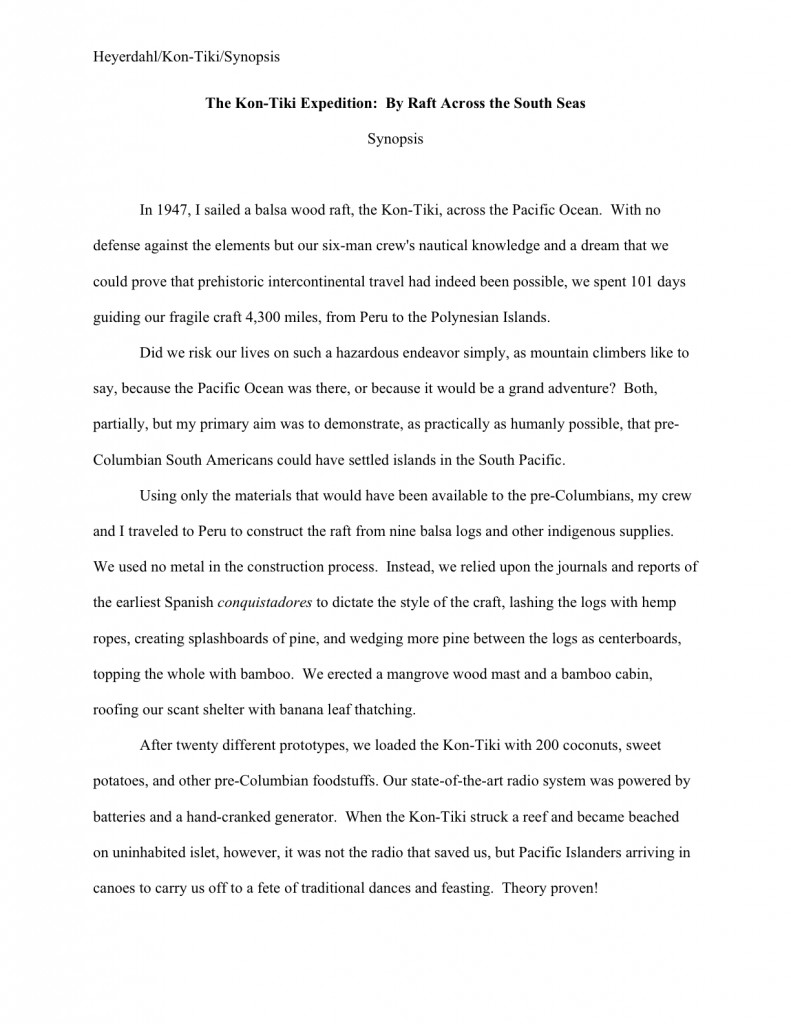
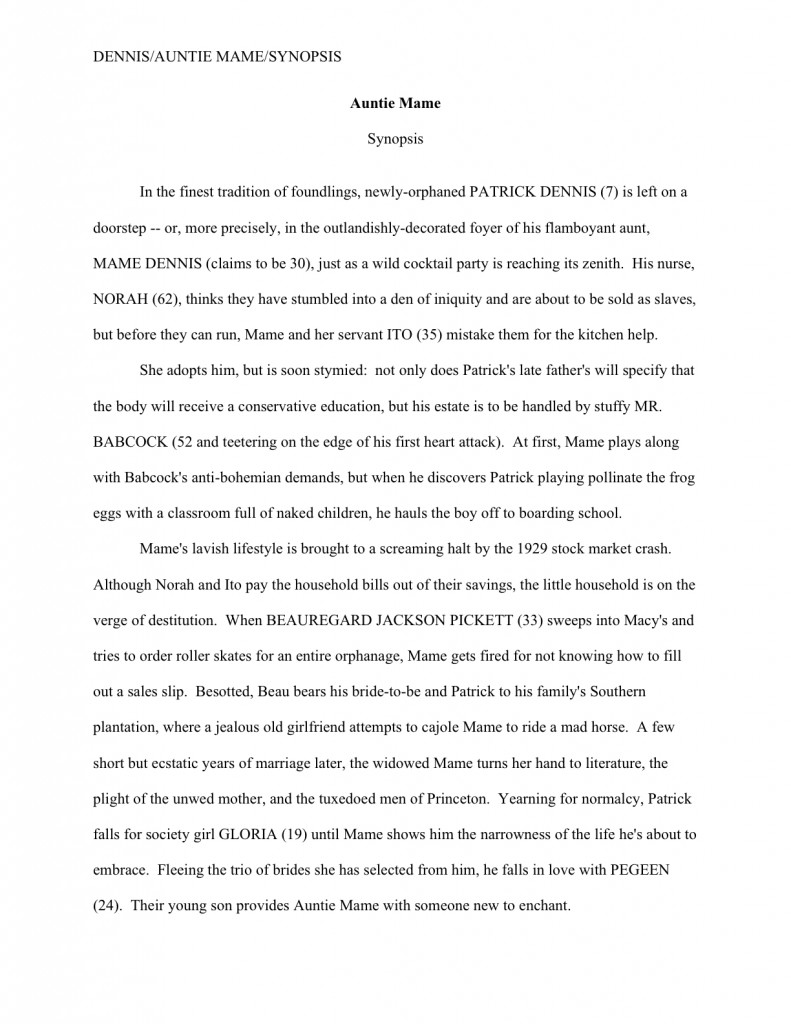


 PS: don’t forget to tune in on Friday for our end-of-the-week treat!
PS: don’t forget to tune in on Friday for our end-of-the-week treat!





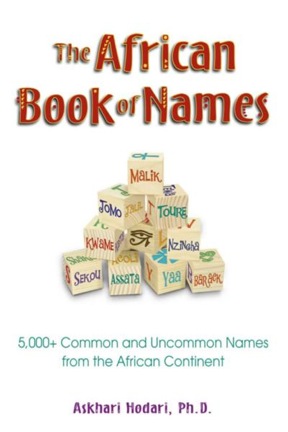

 is not the same thing as this
is not the same thing as this 
